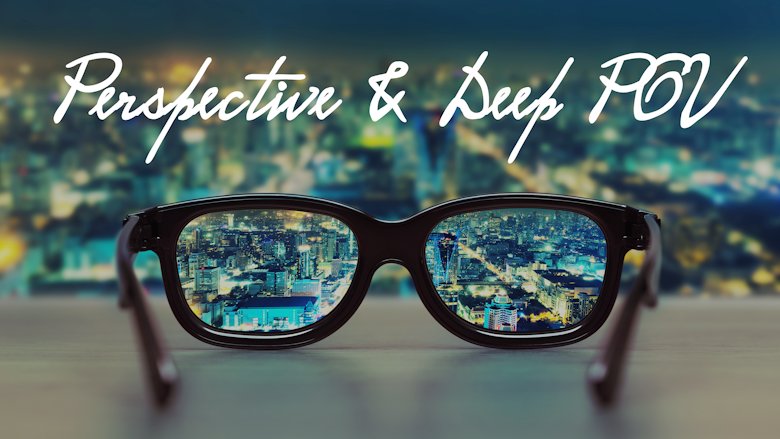
About Course
Point of view (POV) refers to the method of telling a story outside of the dialogue. It has to do with determining who is telling the story—a character, an external narrator, no one—and how. But point of view goes a lot deeper of that with perspective, and it can not only make your characters stronger, but it can even make and break your story. In this course, we’ll examine how to effectively use point of view with a focus on the most popular POV mode in contemporary fiction: deep POV.
This course was originally presented to Authors Incognito (now Storymakers Ink).
Course Content
A Quick Introduction to POV
-
Person
-
Narrator Omniscience
-
Narrator Reliability
-
Verb Tense
-
The Advantages and Disadvantages of POV Choices
Deep POV: The Mechanics
Conveying Deep POV: Getting Closer to Our Characters
Choosing the Best POV for You
Advanced POV Techniques
Conclusion, Bonus Material & Download Library
Student Ratings & Reviews

No Review Yet
